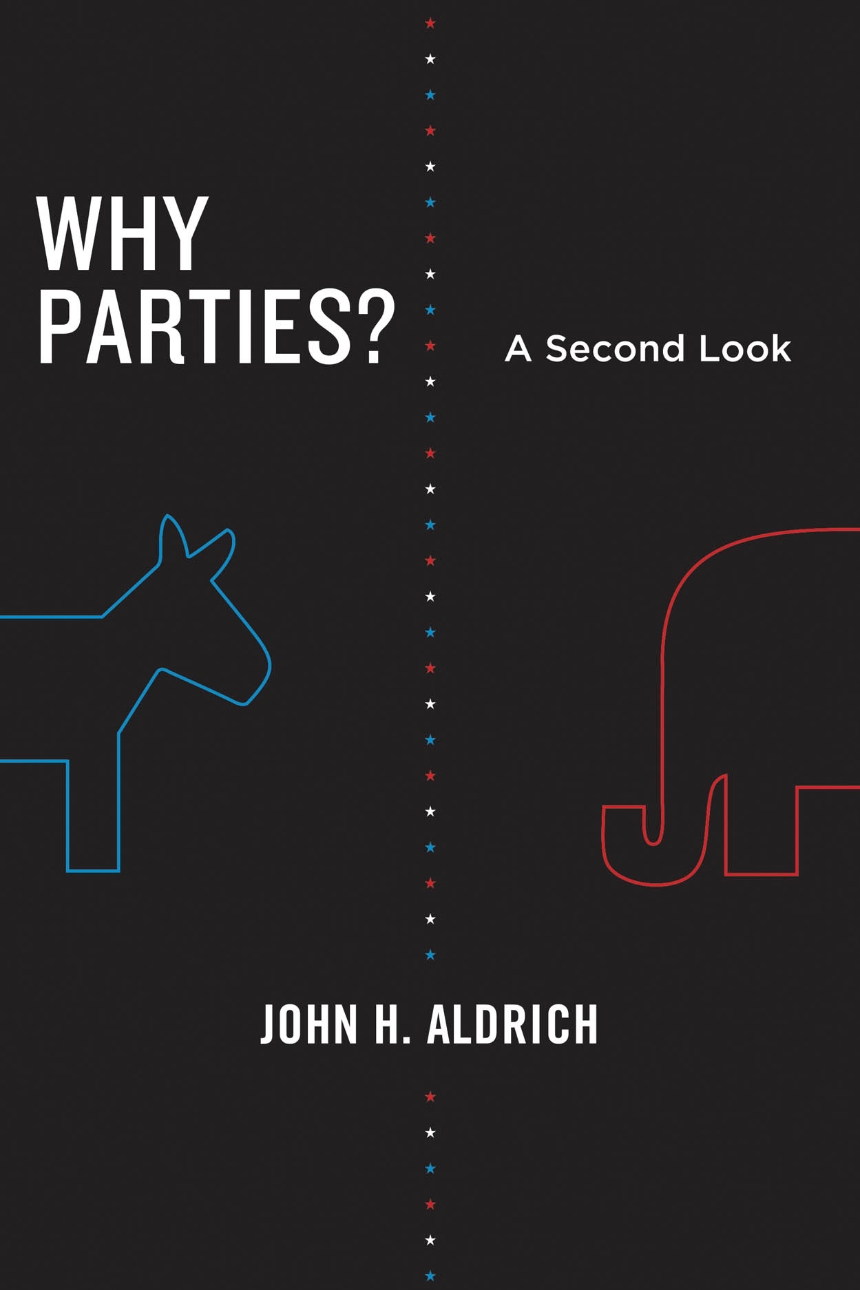Why Parties?
A Second Look
Since its first appearance fifteen years ago, Why Parties? has become essential reading for anyone wishing to understand the nature of American political parties. In the interim, the party system has undergone some radical changes. In this landmark book, now rewritten for the new millennium, John H. Aldrich goes beyond the clamor of arguments over whether American political parties are in resurgence or decline and undertakes a wholesale reexamination of the foundations of the American party system.
Surveying critical episodes in the development of American political parties—from their formation in the 1790s to the Civil War—Aldrich shows how they serve to combat three fundamental problems of democracy: how to regulate the number of people seeking public office, how to mobilize voters, and how to achieve and maintain the majorities needed to accomplish goals once in office. Aldrich brings this innovative account up to the present by looking at the profound changes in the character of political parties since World War II, especially in light of ongoing contemporary transformations, including the rise of the Republican Party in the South, and what those changes accomplish, such as the Obama Health Care plan. Finally, Why Parties? A Second Look offers a fuller consideration of party systems in general, especially the two-party system in the United States, and explains why this system is necessary for effective democracy.
400 pages | 24 line drawings, 24 tables | 6 x 9 | © 2011
Chicago Studies in American Politics
History: American History
Political Science: American Government and Politics
Reviews
Table of Contents
PART 1 POLITICAL PARTIES AND DEMOCRACY
PART 2 PARTY FORMATION IN AMERICA, 1790–1860
Institutions and Social Choice
The Mass Party and Collective Action
Institutions, Issue Agendas, and Ambition
PART 3 THE NEW POLITICAL PARTY IN CONTEMPORARY AMERICA
PART 4 CONCLUSIONS
Notes
References
Index
